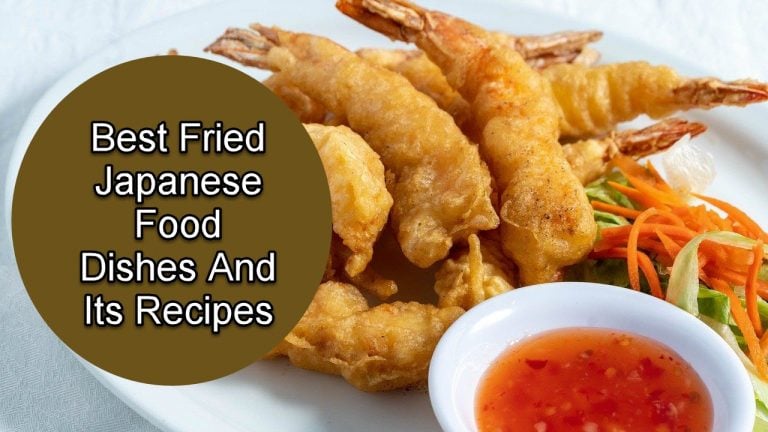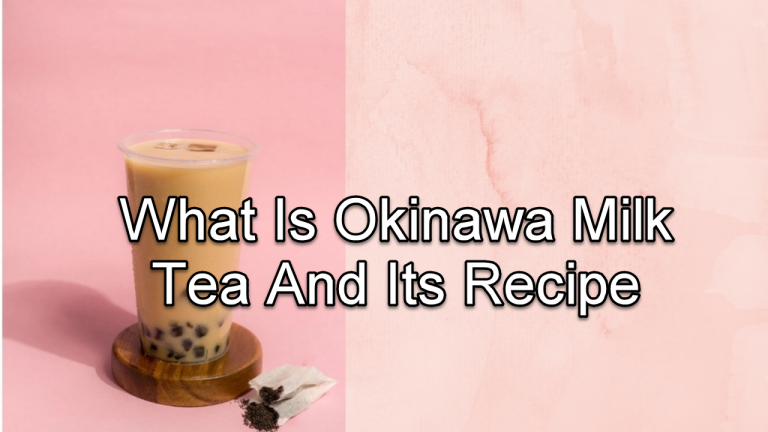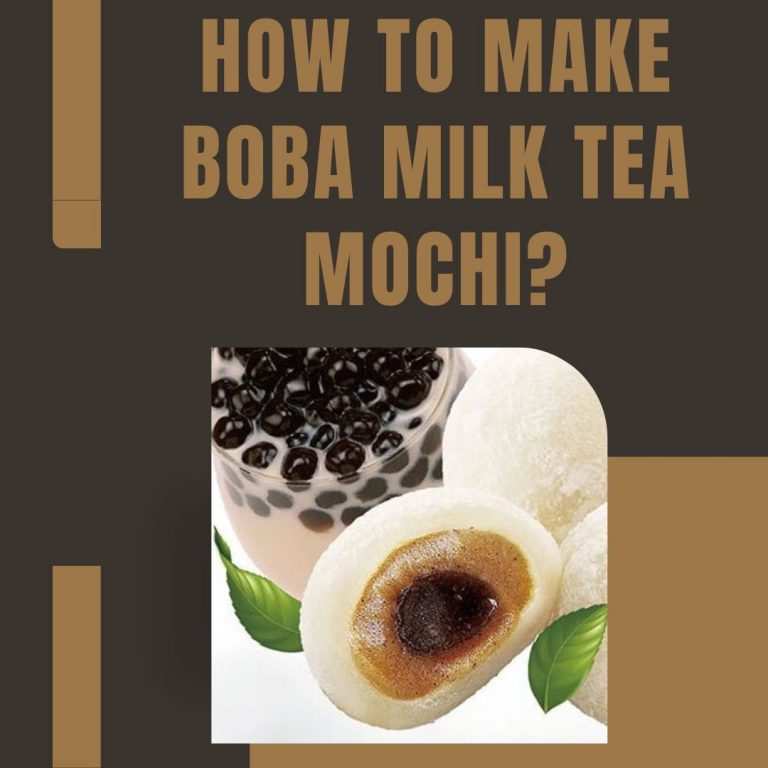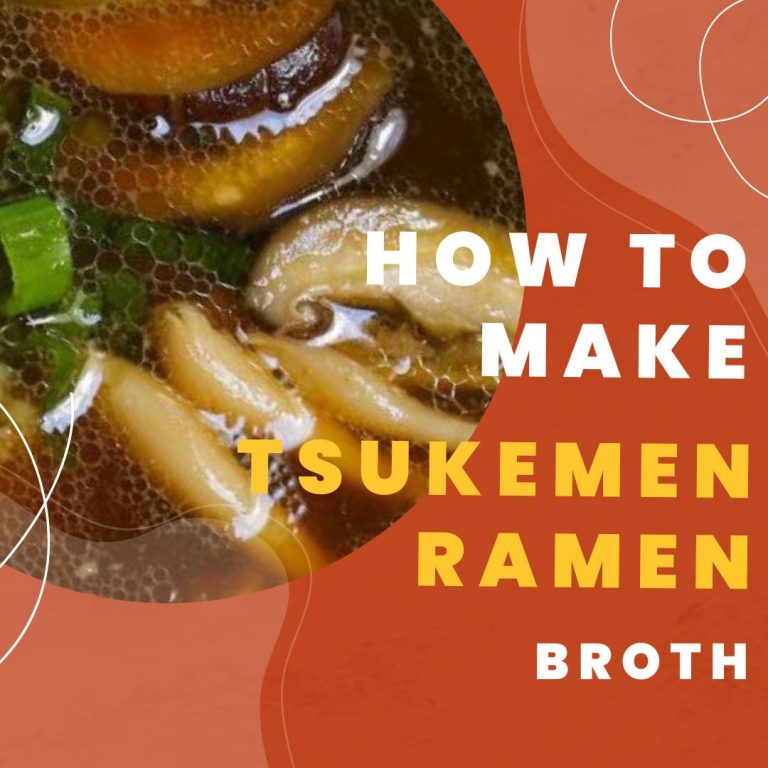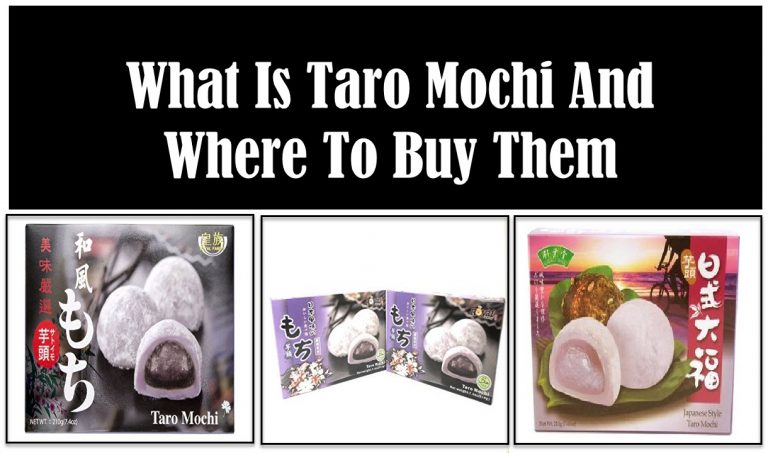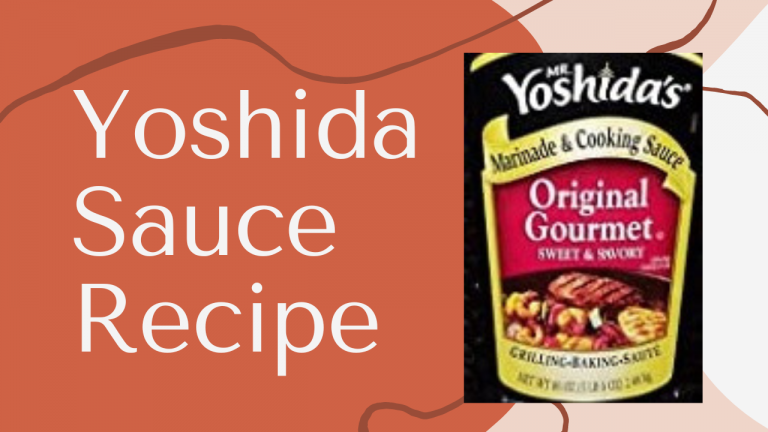Japanese Food Culture And History

Sushi, Ramen, Mochi, Onigiri, Gyoza, and Tempura are some of the Japanese favorite foods that are really delicious, and commonly available in Japanese restaurants. Have you ever wondered where the traditional Japanese foods come from? Today, let us discover Japanese culture, particularly the Japanese food history and culture.
If you want to learn more about the Japanese culture and the history of their traditional Japanese foods, scroll down and continue reading.
Japanese Food Culture And History

What Is A Japanese Cuisine?
Japanese cuisine pertains to the country’s regional and traditional meals, which have evolved over the centuries of political, economic, and social change. The traditional Japanese cuisine consists of rice with miso soup and many other dishes, with a focus on seasonal ingredients. Fish, pickled vegetables, and vegetables cooked in broth are known side dishes. Seafood, such as fish is readily accessible and is typically grilled, although it is also prepared raw fish, as sashimi or in sushi. Tempura refers to the deep-frying of seafood and vegetables in a light batter. Noodle soup, such as soba or udon, are a staple in addition to rice. Many simmered recipes exist in Japan, such as fish in oden broth or beef in sukiyaki and nikujaga.
Traditional Japanese Cuisine
The staple food in Japanese cuisine is steamed white rice, or gohan, served with one or more okazu, or “main” or “side” dishes. This can be paired with tsukemono and a clear or miso soup (pickles). The term ichiju-sansai (“one soup, three sides”) pertains to the composition of a typical dinner and has roots in traditional kaiseki, honzen, and yshoku cuisine. Nowadays, the phrase is often used to refer to the first course served in traditional kaiseki cuisine.
Each individual portion of Japanese rice is provided in its own small rice bowl or chawan, and each main course dish is served on its own small plate (sara) or bowl (hachi). Even in Japanese households, this is common. This is in contrast to Western-style home dinners, where each person takes a helping of food from huge serving dishes in the centre of the dining table. Separate taste foods on a single plate are generally avoided in Japanese cuisine, therefore different dishes are given their own unique plates or are partitioned using, for instance, leaves. Traditional etiquette also forbids placing main courses on top of rice, thereby “soiling” it.
Although the practice of never placing additional meals on rice dates back to ancient Chinese dining customs, it became most popular and widespread during and after the Kamakura period, particularly in the kaiseki. Although this tradition has been eliminated in modern Chinese food, it is still practiced in Japanese cuisine. The popular Japanese meal, donburi, in which toppings are placed straight on rice, is an exception.
History Of Japanese Food Culture
Jōmon Era
During the Jōmon period, Japanese food has steadily developed from nomadic hunter-gatherer diets to sedentary Japanese people who have mastered agriculture and Japanese cooking.
The Jomon people of Japan were mostly semi-sedentary hunter-gatherers in prehistoric times. The Jomon islands offer a diverse range of natural resources in all of their biotopes: deep-sea fish species, such as tunas and bonitos, and marine mammals are fished when they approach the coast to nest in the spring and early summer. The Oyashio current brings back salmon and other marine creatures, which are gathered. Numerous shellfish aggregations may be found along the coastlines of the Sea of Japan and the Pacific, indicating that shellfish is an important part of the diet. River fishing and hunting were the most common methods of obtaining food during this time.
Deer and wild boar, as well as bear, and hare, are hunted in the late fall and winter. Many tree species in the area provide abundant food for humans and animals. Fruits and seeds are ready to gather in the autumn, and the harvest of chestnuts, nuts, hazelnuts, and acorns is kept in numerous subterranean silos.
There is proof that soybeans were existent and possibly farmed in Japan during the J0mon period, with significant differences in seed size showing human hand selection, presumably at numerous places in Korea, China, and Japan before 5000 BCE, and in large quantities from around 3000 BCE.
The pottery provides the first evidence of cooking. They were generally little bowls with a 10-50 cm high spherical bottom that were used to boil and store food. Some are from the fourteenth millennium BC.
Researchers have discovered the first jomon pottery everywhere around the archipelago, with over 70 different styles and sub-styles. Although the first pottery was tiny in order to be readily transported, the size of the pieces eventually rose and the style diversified, indicating the people’s growing sedentarization.
From 900 B.C, newcomers from the Korean Peninsula settled in Western Kyushu. These new populations bring with them new cooking techniques and ingredients. They brought rice cultivation as well as Mumun-style bronze, iron, and ceramics. Both populations coexisted for a thousand years.
Yayoi Era
The Japanese people also grew wheat, barley, buckwheat, millet, and soybeans throughout the Yayoi era. For the first time, the food is described: raw vegetables, rice, and fish eaten without utensils. At celebrations, alcohol is consumed, and the first known Japanese chef debuts.
Wei’s publication, Chronicles of the Three Kingdoms, contains the first mention of alcohol usage in Japan. Japanese drinking and dancing are documented in this third-century literature.
As per some, rice sake production was brought to Japan from China immediately after rice cultivation, spreading from Kyūshū and Kinki to the east.
Yamato Era
Several Korean and Chinese migrants arrived during the Yamato period, bringing Confucianism and Buddhism with them, which prohibite meat consumption. Traditional components like soy sauce come from commerce with neighboring countries, while sake is becoming increasingly popular. The culinary practices of this time period are little documented. Strong waves of Chinese, in the fifth century, and Korean, in the fourth century, immigration may, however, have had a significant influence.
Influence wars have raged against Buddhism for hundreds of years. To observe the principles of Buddhism, Emperor Temmu forbade the usage of cattle and the consumption of wild animals, such as cow, horse, monkey, dog, birds, etc. in 675 AD. Pests, fallow deer, and wild boar consumption were not restricted. During the Asuka period, the ban was reinstated, but it ended during the Heian period. This taboo predates the shojin ryori, which did not become common until the 13th century.
Sake, prepared from rice, water, and a small amount of Koji mold, became the most popular alcoholic beverage. Soy sauce comes from a paste called hishio, which was first created with meat and fish marinade and then with soybean seeds and flour, originated in China. During the Fujiwara period, it was brought to Japan (694-710).
Nara Period
Many improvements occurred during the Nara era, including increased fermentation mastery and the introduction of items, such as bread and natto. The classic spices miso, hishio (which is the ancestor of soy sauce), and shi supplanted flavors previously reduced to vinegar and salt.
In Japanese cuisine, fermentation is an important part of the production of numerous ingredients, such as miso, sake, rice vinegar, soy sauce, mirin, natto, tsukemono, katsuobushi, and kusaya. While other processes, such as manufacturing, are well understood, fermentation is still a process that is reliant on the fungus that is utilized for fermentation. The Kin-jinja temple in Shiga Prefecture, dedicated to the fungus utilized in the making of narezushi, is one example of early expertise.
The natto, now traditional ingredient of the Japanese diet, is introduced in its 2 most common versions (itohiki-natto and shiokara-natto) during the Nara period by a Buddhist monk.Its consumption will be promoted by the progressive spread of Buddhist vegetarian practices.
A Buddhist monk introduces the natto, today a traditional ingredient of the Japanese dishes, in its two most common forms, the itohiki-natto and the shiokara-natto. Its consumption has encouraged the growth of Buddhist monks vegetarian practices.
Heian Period
Chopsticks were introduced during the Heian period, when significant Japanese cuisines such as tofu and noodles were introduced. Chopsticks coming from China at the same time as Confucianism began to be used for everyday cuisine and spread among the people, as evidenced by the growth of the chopsticks commerce in Japan.
Tofu is said to have originated in China and was brought to Japan by Buddhist monk Kanshin. Tofu manufacturing and consumption have been heavily influenced by Buddhist temples. The monks were forced to seek vegetarian and healthy foods as a substitute to animal protein due to their commitment not to eat meat.
Buddhist monks brought Chinese noodles from the Song Dynasty (1127-1279) during the time from the end of the Heian period (1185) to the start of the Kamakura period (1185-1333).
Sake was utilized in palace festivities, religious rites, and boire sports throughout the Heian period. The name ryori refers to a certain style of dish, as well as the cuisine used to make it. For the first time, osechi ryori is codified: it is a banquet kitchen with a variety of foods available to visitors. It is the direct ancestor of the osechi served in Japan at the start of the year.
Feudal Period
The feudal era have seen the maturity of ingredient preparation skills, culinary rites, and the standardization of eating habits. Fermentation is perfected, cutting has become an art, noodles in their current shape appear, and the terms honzen ryori and shojin ryori are used to describe different types of meals. Portuguese Jesuits also brought tempuras and tonkatsu, which become staples in Japanese cuisine after being adapted to local tastes.
In the year 1347, the Kagen-ki record first mentions udon noodles under the term uton. Onryo-ken Nichiroku mentions soba noodles for the first time on 1438. Today’s Japanese noodles are slightly different from these variants.
Portuguese Jesuit during the 16th century also brought the tempura recipe to Japan in 1549. These Jesuits also brought panko and meals like tonkatsu, which are still popular dishes today.
Edo Era
Sushi without fermentation was developed during the late Edo period (early nineteenth century). Sushi was enjoyed both with and without fermentation until the 19th century, when hand-rolled and nigri-style sushi were introduced.
The Edo period diet was comparable to that of modern Japanese people, with the exception of the absence of meat and the rarity of fish and seafood. It comprises of three meals, as it does now, and was based on latest menus, consisting of a bowl of rice, a soup, and one or two side dishes. There are various sources that may be used to reconstruct the daimyos’ diet, which was divided into ceremonial and ordinary meals.
Rice, soup, and one or two side dishes, as well as tsukemono comprise the ordinary meals. The ceremonial meals, usually held in the evening, and once a week, is a formal meal accompanied by a saké-tasting ritual and sometimes a drink party. The most typical foods were tofu, rice, seasonal vegetables, daikon, and mushrooms. With the exception of katsuobushi, which was used as a flavoring and was eaten more frequently during ceremonial feasts, the use of fish in normal menus varied from time to time.
Foreign Influence
When a new Japanese ruling order took over during 1854, Japan began to establish new trade agreements with Western countries, also known as the Meiji Restoration. In 1872, Emperor Meiji, the new ruler, hosted a New Year’s feast to honor the Western world and countries. The feast included food with a lot of western influence. For the first time in a thousand years, people were allowed to eat meat in public. Following the New Year’s feast, the Japanese people resumed eating meat.
Japanese western cuisine or yoshoku pertains to meals introduced from the West and modified to local preferences during the Meiji Restoration. These are adapted European cuisine with European-sounding names that are commonly written in katakana. The dishes are frequently based on meat, a relatively recent component in Japanese cuisine with European origins such as French, Italian, English etc. These Japanese variations are frequently substantially different from the originals.

Traditional Japanese Dishes

Rice
Rice has traditionally been the Japanese people’s primary food. The fact that the name for boiled rice, gohan or meshi, also means “meal,” demonstrates its basic importance. While rice cultivation has a long history in ancient Japan, its purpose as a staple is not universal. Other grains, such as wheat, were more abundant in northern regions, such as northern Honsh and Hokkaido throughout the nineteenth century.
Japanese preferred rice that is short-grained and becomes sticky when cooked, making it simple to pick up using a chopstick. Most rice is sold as hakumai (“white rice”), with the outer portion of the grains(nuka) polished away. Unpolished brown rice (genmai) is considered less desirable, but its popularity has been increasing.
Other dishes can be put on top of rice, but it should start off plain and bland.
Mochi, small rice cakes created by smashing steamed sticky rice with enormous hammers, is the sole traditional preparation that drastically modifies the rice. The objective is to concentrate the rice’s pure spirit and intensify it by making it purer. mochi is one of the popular dishes eaten on New Year’s Day, which is a very significant celebration.
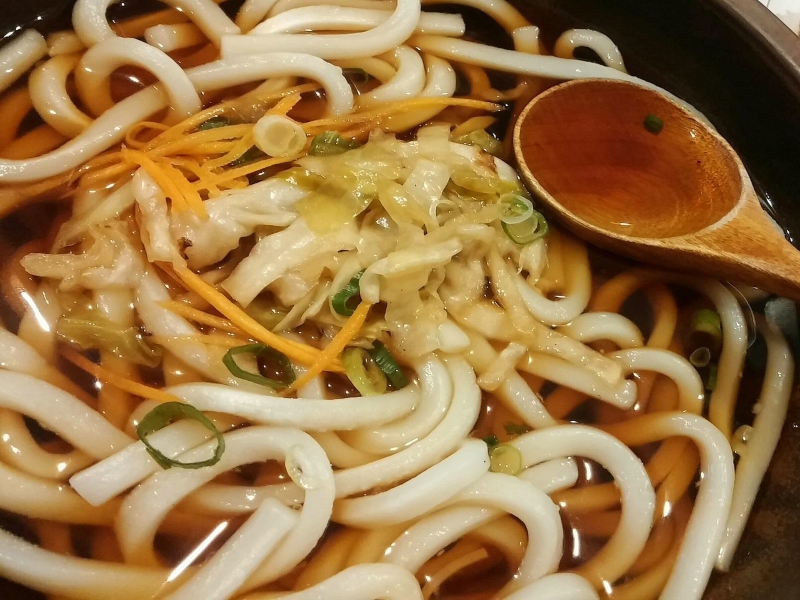
Noodles
Japanese noodles are oftentimes used as a replacement for rice in Japanese cuisine. Traditional noodles include soba, a thin, grayish-brown noodles made with buckwheat flour, and udon, which is a thick wheat noodles), while ramen is a contemporary import that has become immensely popular. Other, less common noodles, such as somen, which is thin, white noodles made of wheat flour, is also available.
In terms of typical custom, Japanese noodles such as soba and udon are eaten alone, rather than with a side dish. This may also include toppings, which is known as gu. The fried battered shrimp tempura placed in a bowl of tempura-soba is known as “the shrimp” or “the tempura,” rather than gu or topping. Similar toppings may be called okazu, if served as a side dish with plain white rice, therefore these words are context-sensitive. Some noodle dishes, such as kitsune and tanuki, take their names from Japanese folklore and refer to dishes in which the noodles can be modified but the broth and garnishes remain consistent with the legend.
Kakesoba or kakeudon are hot noodles that are served in a bowl already immersed in their broth. Unseasoned cold soba is placed atop a zaru or seiro, then picked up with a chopstick and immersed in their dip sauce.
Customarily, Japanese noodles are consumed by bringing the bowl near the lips and slurping in the noodles with chopsticks. The accompanying loud slurping noise is considered natural in Japan.

Sushi
Sushi is a Japanese delicacy consisting of vinegared rice, generally with sugar and salt, and a range of components such as raw fish and vegetables. Sushi comes in a variety of styles and presentations, but the primary component is “sushi rice,” also known as shari or sumeshi.
Sushi is generally prepared with medium-grain white rice, however brown rice or short-grain rice can also be used. Squid, yellowtail, eel, tuna, salmon, or imitation crab meat are frequently used in its preparation. Sushi comes in a variety of vegetarian options. It’s commonly accompanied by pickled ginger or gari, wasabi, and soy sauce. The dish is often garnished with daikon radish or pickled daikon or takuan.

Sashimi
Sashimi is a Japanese dish comprising of thinly sliced raw fish or meat, frequently served with soy sauce.
Sashimi is typically served as the first course of a formal Japanese meal, however, it can also be eaten as the main course with rice and miso soup in different bowls. Sashimi is the finest meal in Japanese formal dining, according to Japanese chefs, and should be consumed before other strong flavors.
The key ingredient, sliced seafood, is traditionally wrapped over a garnish. Asian white radish, daikon, chopped into long thin strips or single shiso leaves are common garnishes.

Miso Soup
A traditional Japanese soup, Miso soup, is made with dashi stock and softened miso paste. In addition, based on regional, seasonal, and traditional recipes, as well as personal preference, and other several optional components may be included, such as tofu, vegetable, etc. Miso soup is a representative of soup dishes served with rice in Japanese cuisine. Omiotsuke is another term for miso soup.
Depending on one’s preference and the style of soup, miso soup can be prepared in a variety of ways. Most vegetables, including mushrooms, daikon, potatoes, tofu, carrots, and fish, are cooked in the simmering dashi in Japanese dishes. To prevent the miso paste from heating, which affects the flavor, kills beneficial bacteria, and diminishes the health benefits of biologically active miso paste, it is suspended separately in some dashi stock separated from the simmering mix. When the veggies are done, the stock is taken from the heat, then miso suspension is put and combined into the soup. The remaining uncooked ingredients are then added, and the meal is served.

Beverages
Tea
Green tea goes well with almost every Japanese cuisine. It’s made in Japan and comes in a variety of forms, including matcha, which is the tea used in the Japanese tea ceremony.
The creation of the Japanese tea ceremony was heavily influenced by Zen Buddhism. Japanese tea practice uses leaf tea, particularly sencha, a method known as senchad0 (“the way of sencha”) in Japanese.
Sake
Sake is a rice wine prepared by a double fermentation process that normally includes 12–20 percent alcohol. The rice starch is first fermented into sugar using the Kojji fungus. To generate alcohol, regular brewing yeast is employed in the second fermentation. It is considered an equivalent to rice at traditional meals and is not served alongside other rice-based foods. Sake-related side dishes are known as sakana, otsumami, or ate. It is considered as the national beverage in Japan.
Sake is frequently served with special ceremony in Japan, where it is carefully warmed in a small ceramic or porcelain bottle and sipped from a small porcelain cup known as a sakazuki. Sake, like wine, has a wide range of suggested serving temperatures.
Beer
Beer was first produced in Japan in the 1860s. Pale-colored light lagers with an alcohol content of roughly 5.0 percent ABV are the most popular beers in Japan. Lager beers are the most popular beer style in Japan, although beer-like beverages prepared with lower quantities of malts, known as Happoshu or non-malt Happousei, have snatched up a significant portion of the market due to lower taxes. Beer and its variants account for over two-thirds of all alcoholic beverages sold.
Shōchū
Shōchū is a distilled Japanese beverage. Rice or kome, barley or mugi, sweet potatoes or satsuma-imo, buckwheat or soba, or brown sugar or kokut are the most common ingredient, while it can also be made from chestnut, sesame seeds, potatoes, or even carrots.
Shōchū generally contains 25% alcohol by volume, making it less potent than baijiu, whiskey, or vodka but more potent than huangjiu, sake, or wine.
Shōchū is not to be confused with sake, which is a fermented rice wine. Its flavor is typically less fruity and is very dependent on the type of starch used in the distillation process. It is frequently described as having a “nutty” or “earthy” taste.
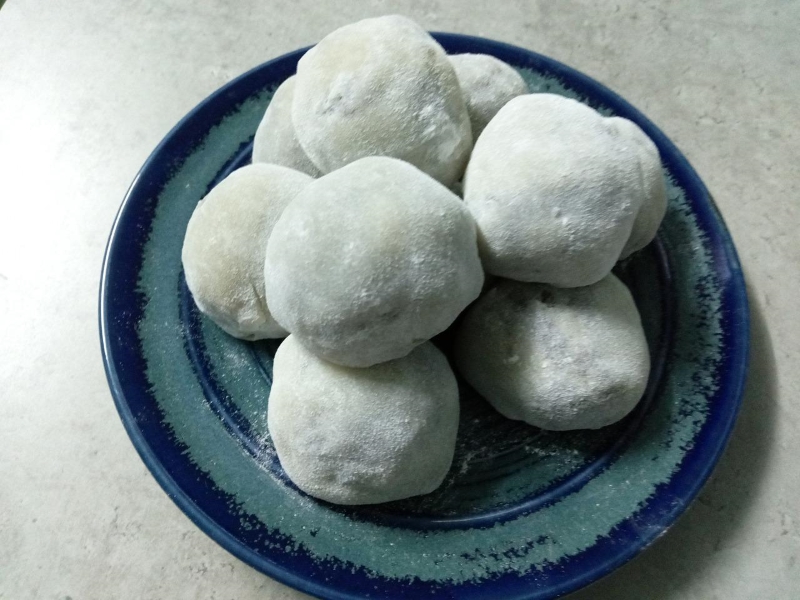
Japanese Sweets
Wagashi refers to traditional Japanese sweets. Red bean paste and mochi are utilized as ingredients. Green tea ice cream is a popular flavor among more modern tastes. It is produced by almost every producer. Kakigri is a shaved ice dish with syrup or condensed milk as a flavoring. Summer festivals are where it is regularly sold and enjoyed. Dorayaki is a Japanese snack that is particularly common among kids. They’re sweet pancakes with sweet red bean paste within. They’re usually served at room temperature, but they’re very excellent when served hot.
